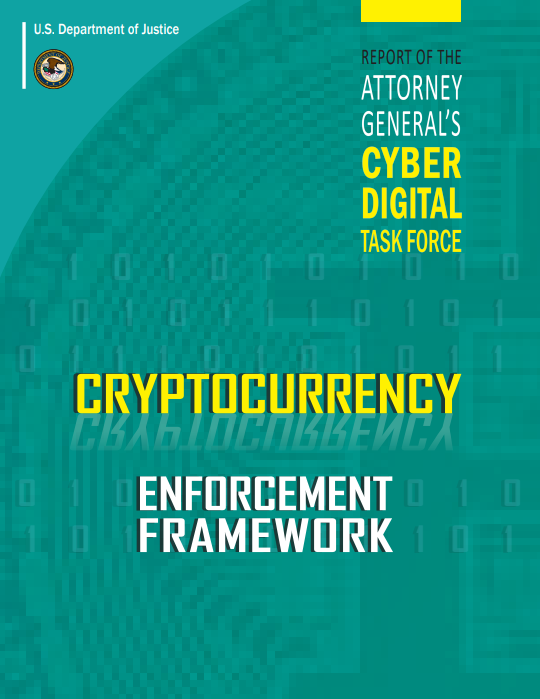
I. Threat Overview
A. The Basics
“Virtual currency” is a digital representation
of value that, like traditional coin and
paper currency, functions as a medium of
exchange—i.e., it can be digitally traded or
transferred, and can be used for payment
or investment purposes. Virtual currency
is a type of “virtual asset” that is separate
and distinct from digital representations
of traditional currencies, securities, and
other traditional financial assets.
Moreover,
unlike “traditional currency”—which is also
referred to as fiat currency, real currency, or
national currency—virtual currency does
not have legal tender status in any particular
country or for any government or other
creditor.
Instead, the exchange value of a
particular virtual currency generally is based
on agreement or trust among its community
of users. Virtual currency can be convertible,
meaning it has an equivalent value in real
currency or acts as a substitute for real
currency, or non-convertible, meaning it is
specific to a particular virtual domain—such
as an online gaming community—and cannot
be exchanged for real currency.
“Cryptocurrency” refers to a specific type
of virtual currency with key characteristics.
The vast majority of cryptocurrencies
are decentralized, as they lack a central
administrator to issue currency and maintain
payment ledgers—in other words, there is no
central bank. Instead, cryptocurrencies rely
on complex algorithms, a distributed ledger
that is often referred to as the “blockchain,”
and a network of peer-to-peer users to
maintain an accurate system of payments
and receipts. As their name suggests,
cryptocurrencies rely on cryptography for
security. Some examples of cryptocurrencies
include Bitcoin,
Litecoin, and Ether.
Cryptocurrency can be exchanged directly
person to person; through a cryptocurrency
exchange; or through other intermediaries.
The storage of cryptocurrency is typically
associated with an individual “wallet,” which
is similar to a virtual account. Wallets can
interface with blockchains and generate
and/or store the public keys (which are
roughly akin to a bank account number) and
private keys (which function like a PIN or
password) that are used to send and receive
cryptocurrency. Cryptocurrency wallets can
be housed in a variety of forms, including
on a tangible, external device (“hardware
wallets”); downloaded as software (“software
wallets”) onto either a personal computer or
server (“desktop wallets”) or an application on
a smartphone (“mobile wallets”); as printed
public and private keys (“paper wallets”);
and as an online account associated with a
cryptocurrency exchange.




